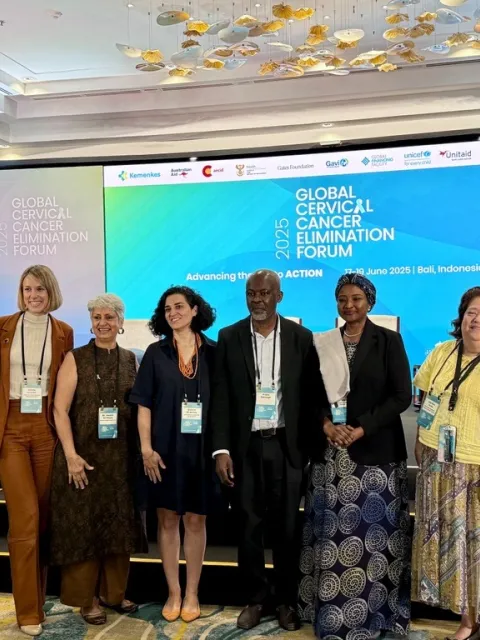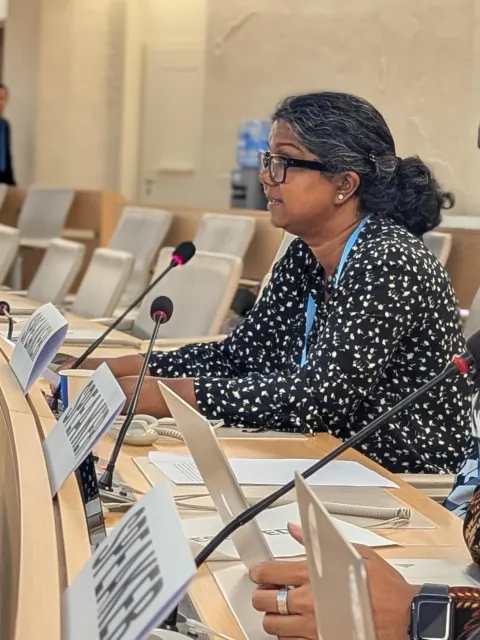Vaccines and the fight against NCDs
How vaccines can help prevent cancer and reduce deaths from non-communicable diseases

Around 16% of all cancer cases in the world are caused by known infectious agents. In sub-Saharan Africa, that proportion rises to one in three cancer cases. Today around 10% of all cancer cases can be prevented with vaccines. Prevention offers the most cost-effective long-term strategy for the control of cancer.
On 27th May, the World Health Assembly in Geneva adopted a key strategy to accelerate progress on cancer and other non-communicable diseases (NCDs). The new WHO Global Action Plan and Monitoring Framework for the Prevention and Control of NCDs will create a robust global architecture and firmly position vaccines as a key pillar in the fight against NCDs.
NCDs are the world’s number one killer, accounting for 63% of all global deaths. The highest death toll is in low- and middle-income countries. In 2010, for example, cancer accounted for eight million deaths. In September 2011, a High-Level Meeting at the United Nations (UN) acknowledged NCDs as a global priority. Since then, the UN has agreed an ambitious global target to reduce premature deaths from NCDs by 25% by 2025.
Vaccines can help avert millions of premature deaths by preventing the infections Hepatitis B and Human Papilloma Virus, that cause two leading cancers in developing countries – liver and cervical cancer - and are an essential element of the effort to reach this “25 by 25” target.
The introduction of hepB vaccine into the routine immunisation programmes of developing countries was a turning point in the fight against liver cancer in countries where the burden was highest. In the past 10 years, GAVI has supported the immunisation of 267 million infants against hepB in developing countries and prevented an estimated 3.8 million premature deaths from liver cancer.
Today, HPV vaccines to prevent cervical cancer in women offer similar potential.
Cervical cancer is a leading cause of cancer deaths among women in sub-Saharan Africa. In Latin America and Asia, more women die from cervical cancer than in childbirth. Global cervical cancer mortality highlights some of the great injustices of our time—inequities in wealth, gender and access to health services. Women worldwide are exposed to HPV, yet women in developing countries have little or no access to early cancer detection and treatment and many die as a result of this infection.
When the hepB vaccine was first developed, it was seen as too expensive for introduction into developing countries. As a result, low-income countries did not have access to the vaccine despite the high burden of disease. GAVI support has encouraged new manufacturers to enter the market, helping to stimulate healthy competition and lower prices. The price of the pentavalent vaccine (which includes hepB) has dropped by 37% in 10 years.
GAVI has been working with vaccine manufacturers on strategies to lower vaccine prices to make them more affordable for developing countries. Two weeks ago, GAVI announced a new record low price for HPV vaccines to help protect millions of girls in developing countries against cervical cancer.
Last week, Kenya became the first country to protect girls against cervical cancer with GAVI-supported HPV vaccines. The moment is coming when those who need protection most from infections that cause cancer will get the vaccines they need.

|

|
Last update
Thursday 30 March 2023
